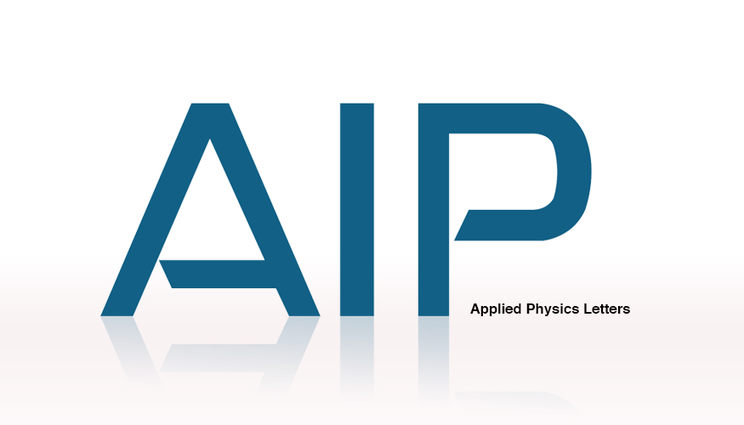Shock front probed by protons
 (Download Image)
In experimental campaigns using the OMEGA EP laser at the Laboratory for Laser Energetics at the University of Rochester, Lawrence Livermore National Laboratory researchers and collaborators took radiographs of the shock front, similar to the X-ray radiology in hospitals, with protons instead of X-rays.
(Download Image)
In experimental campaigns using the OMEGA EP laser at the Laboratory for Laser Energetics at the University of Rochester, Lawrence Livermore National Laboratory researchers and collaborators took radiographs of the shock front, similar to the X-ray radiology in hospitals, with protons instead of X-rays.
A shock front is usually considered as a simple discontinuity in density or pressure. Yet in strongly shocked gases, the atoms are ionized into electrons and ions. The large difference in the electron pressure across the shock front can generate a strong electric field.
In experimental campaigns using the OMEGA EP laser at the Laboratory for Laser Energetics (LLE) at the University of Rochester, Lawrence Livermore National Laboratory (LLNL), University of California San Diego (UCSD) and Massachusetts Institute of Technology (MIT) researchers took radiographs of the shock front, similar to the X-ray radiology in hospitals with protons instead of X-rays.
Protons are charged particles that can be deflected by an electric field. Therefore, detecting the changes in their trajectories will provide information on the electric field. "Our proton probe is broadband," said Rui Hua, a graduate student at UCSD and the first author of the paper published in Applied Physical Letters. "Measuring energy-dependent deflections allows us to quantitatively study the electric potential and the potential width." The team also published a paper in Review of Scientific Instruments earlier this year to describe this platform.
The team observed an electric field of about 800 million volts per meter. "An analytical model agrees very well with our data," said Yuan Ping, LLNL co-author and the campaign lead. "So we don’t have to rely on hydrodynamic codes to interpret the data."
The team plans to carry out more shots with higher-pressure shocks, and also in convergent geometry to simulate the conditions in the capsule implosion for ICF. "This is a perfect example of collaboration between the Lab and academia," said Farhat Beg, director of the Center for Energy Research at UCSD.
Other co-authors are Scott Wilks, LLNL; C. McGuffey, M. Bailly-Grandvaux, UCSD, and G. W. Collins, University of Rochester. This work is supported by the Department of Energy Office of Fusion Energy Science Early Career program, LLNL’s Laboratory Directed Research and Development program and the University of California Office of the President Laboratory Fees Research Program. The team's research is available at Applied Physical Letters.
Contact
 Anne M. Stark
Anne M. Stark
[email protected]
(925) 422-9799
Related Links
Rev. Sci. Instru.Applied Physical Letters
Tags
Physical and Life SciencesFeatured Articles







